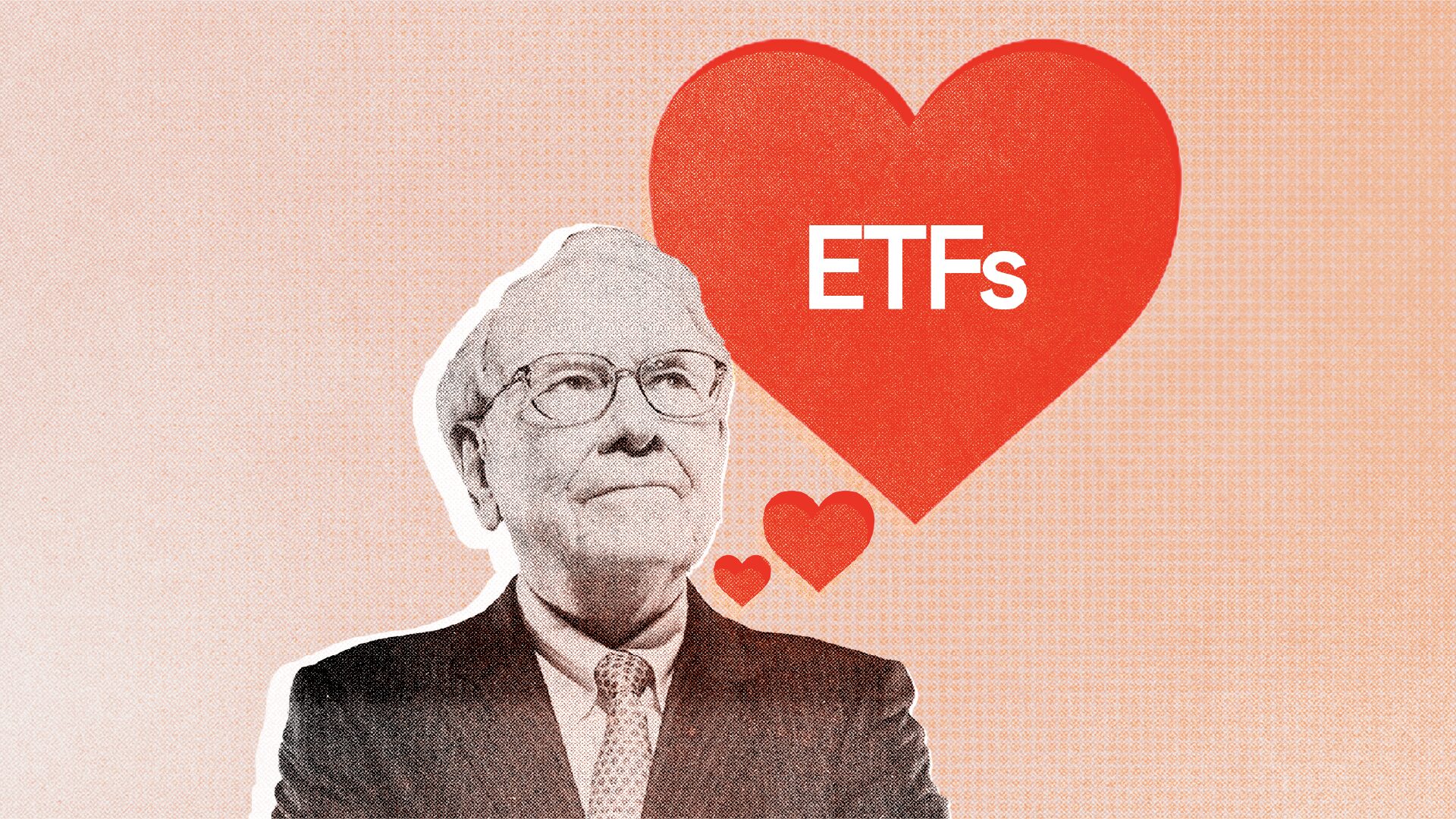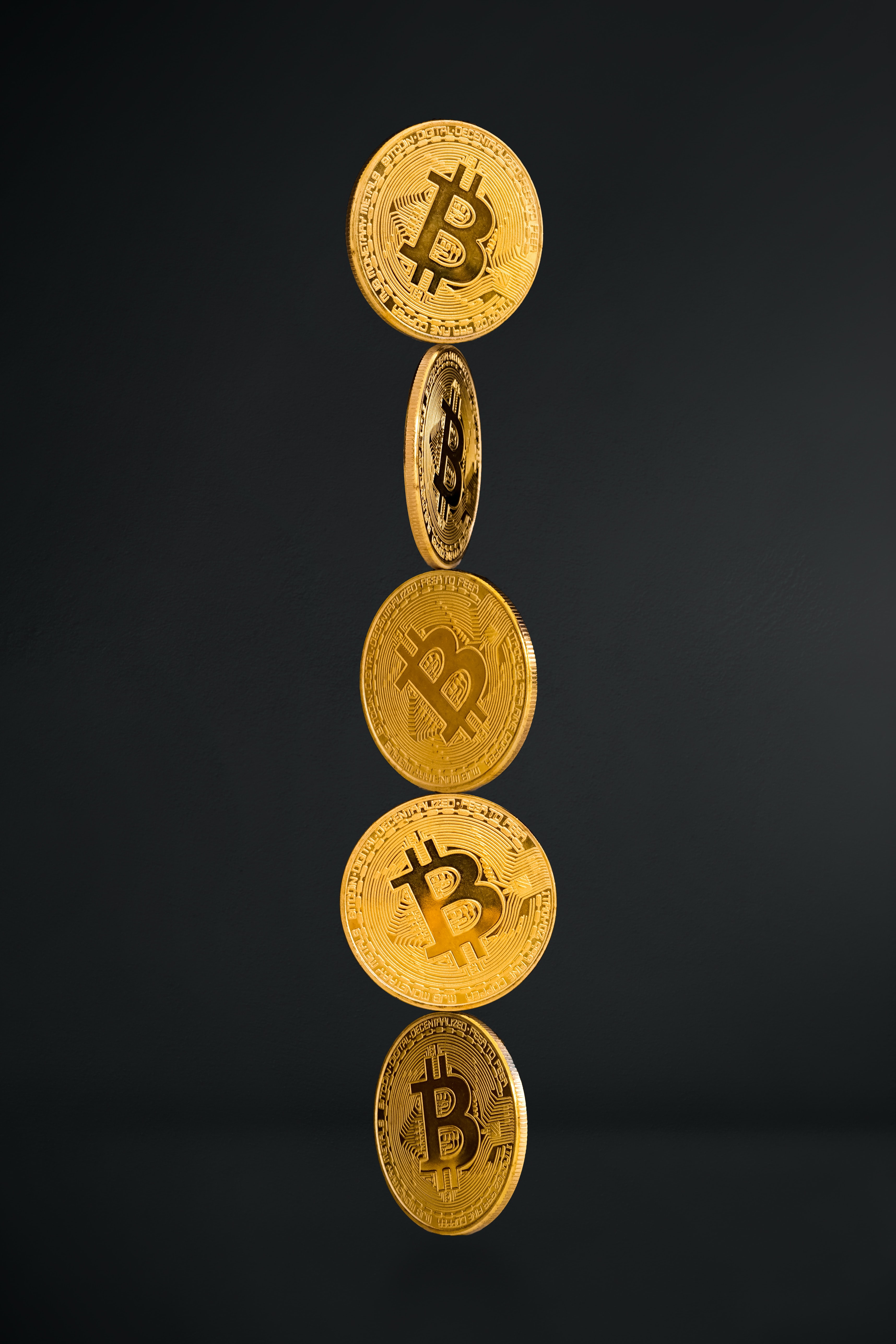Tips for navigating market volatility
Low trading volume for an ETF does not mean low liquidity
Do you know that an ETF that trades 1 million units a day has the same liquidity as an ETF with the same underlying securities or index that trades zero units a day?
Summary
- Liquidity refers to the ability to purchase and sell an asset quickly
- One of the most commonly cited benefits of ETFs is liquidity, with many ETF investors attracted to the ability to buy and sell ETF units at any time throughout the trading day, however ETF liquidity is widely misunderstood
- In the case of shares, investors are able to to evaluate liquidity by looking at average daily trading volumes/values and market capitalisation. Although ETFs trade like shares, one cannot use the same criteria to evaluate ETF liquidity
Why ETF liquidity is essential
One of the greatest advantages to ETFs is their liquidity.
In fact, even when there isn’t a great volume of ETFs being traded on the exchange at a point in time, the ‘open-ended’ nature of ETFs mean that they should still be at least as liquid as the underlying securities that are held within them.
Being able to buy and sell assets at will is particularly important during volatile times, where an investor may wish to make a quick decision without being constrained.
In the case of shares, you can usually tell that liquidity is low when the trading volumes are limited. As ETFs look like conventional stocks in so many ways, when ETF trading volumes are limited investors often interpret this to mean the ETF is itself illiquid.
But that’s not the case at all.
How ETF liquidity works
The daily trading volume (or value) of an ETF is not an accurate reflection of the liquidity of the ETF. In order to understand this better, it is helpful to understand the basic structure of ETFs.
In the case of shares, there will always be a fixed number of outstanding shares available for trading. As a result, it is the average daily trading volume of these shares that reflects the trading liquidity available at any time on the exchange.
ETFs, on the other hand, are open-ended funds with the ability to issue or redeem units on a daily basis according to investor demand. All Betashares ETFs have one or more designated market makers.
Their core responsibility is to maintain an inventory of units of the ETF and provide liquidity so investors can buy or sell when they choose to do so. Market makers provide liquidity by quoting bid and ask prices and volumes on the exchange.
They seek to ensure there is always a buyer or seller for the investor’s trade.
If investor demand exceeds what is currently available ‘on screen’, the markets makers can simply ‘create’ more units (issued by the ETF issuer) to meet the demand (and can also ‘redeem’ units should supply exceed supply). This enables them to quote higher volumes ‘on screen’.
The market makers will attempt to also maintain a tight bid/ask spread so that the price of the ETF closely approximates the net asset value (NAV) per unit throughout the trading day.
How ETF liquidity is different
The key difference between an ETF and a share is that ETFs are “open ended”.
What does that mean?
It means that the actual supply of ETFs can adjust in real time, according to demand. If demand in a particular ETF exceeds what is available ‘on screen’ when you’re looking at the market, the ETF issuer can simply create more units to meet demand – in theory to any number and only limited by the liquidity of the underlying holdings.
So, when an investor mistakes an ETF for a conventional share, and makes the assumption that a low trading volume means low liquidity, they are not taking into account this ability to easily create new units to meet demand.
How ETFs are traded
To understand the liquidity of ETFs further, it’s important to understand how they’re bought and sold across two different markets
- the primary market
- the secondary market
What is the primary market?
ETFs can only be created or redeemed within the primary market, and are done so by what is termed an ‘authorised participant’.
Authorised participants are typically large financial investment institutions, who have an agreement with the fund manager that issues the ETFs.
There are two ways that the authorised participant can purchase an ETF. The first is to simply exchange ‘cash’ to the dollar value of the ETF units, for the ETF units.
Alternatively, the authorised participant will acquire the securities that the ETF is looking to hold, and then exchange those securities for an equivalent value of ETF units.
It is the authorised participants that create the liquidity in the market by ‘creating’ more ETF units if demand is high, or reducing the number on the market if demand is soft.
The more the authorised participants monitor the ETF unit prices relative to the market, the closer the price of the ETF will remain to the underlying securities during the trading day.
What is the secondary market?
The secondary market is where the end investors buy and sell their ETF units. The principal parties that these purchases are made through are called ‘market makers’.
Market makers are responsible for offering ETF units from issuers like Betashares on the ASX, and do so with the explicit goal of maintaining liquidity during the trading day.
Market makers make their money from what is called the ‘spread’ – a difference between the buy and sell quotations on an ETF.
Market makers do not themselves have a ‘view’ on the market – they seek to remain effectively hedged, with the aim to have a net exposure to the market of zero.
This is great for investors, because it means that a market maker’s biggest interest is in providing a market on both sides of the trade as far as it’s possible.
Additionally, market makers don’t have exclusive access to ETFs, and competition between them further limits the spread – keeping the investment costs competitive to the ultimate benefit of the investor.
The number that you’re looking for here is the ‘iNAV’ – indicative Net Asset Value.
A good trade for you is when the best bid and offer prices quoted for the ETF are close to its iNAV, because the difference between them is the profit for the market maker, and it’s the competition between them that keeps the numbers close to the NAV.



